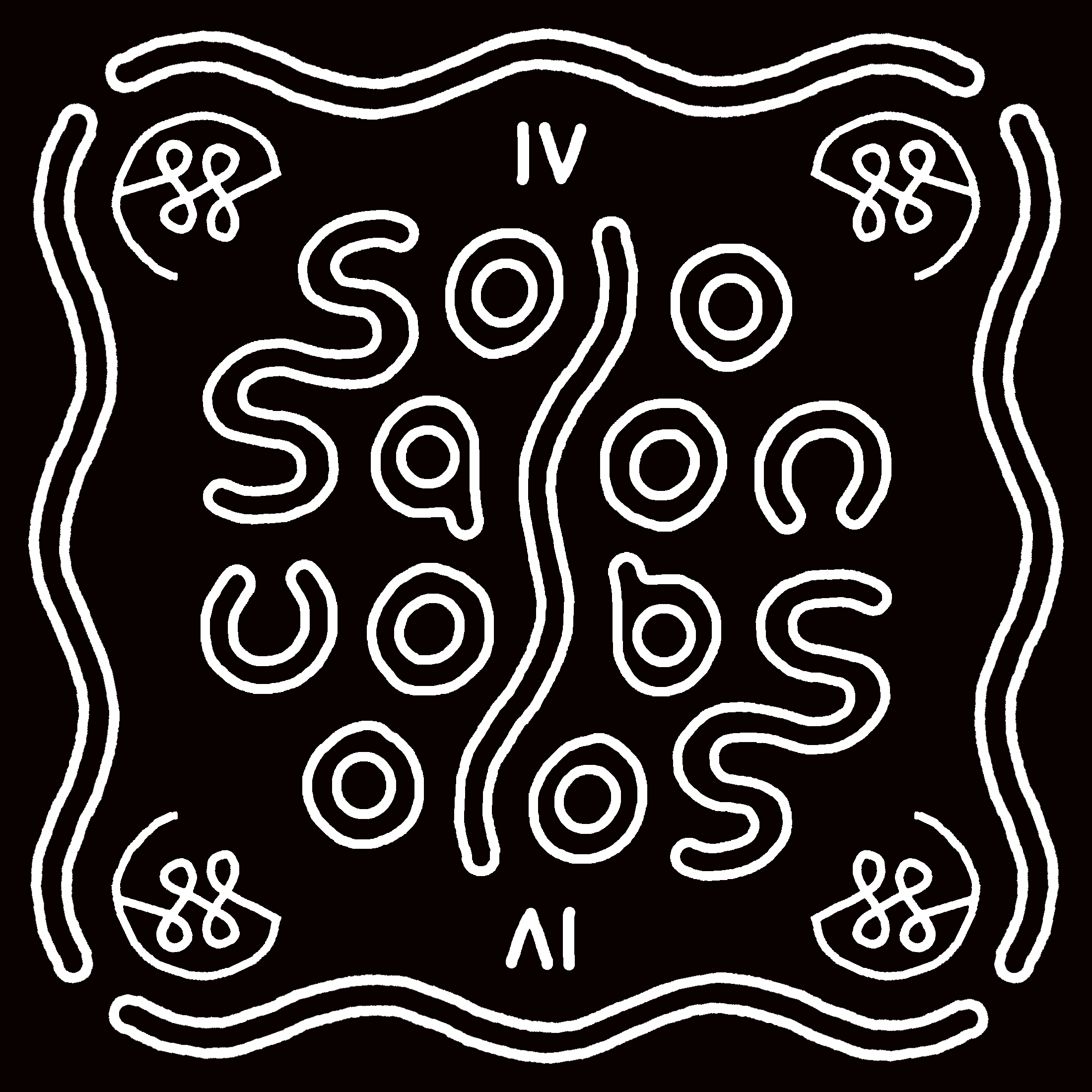As formal governance emerges from a structureless social soup, it can be difficult to establish consensus on basic matters, in lieu of a pre-existing system of procedures to facilitate such consensus.
When it comes to bootstrapping these procedures, it is often necessary to conduct such decisions in transparent and well-documented fashion, in the interest of lending such decisions a sufficient degree of legitimacy. Without this legitimacy, there may remain doubts and ambiguities regarding the foundations of the organization, which may add unnecessary complexity to ensuing operations.
This entry will suggest a platform-agnostic approach to bootstrapping governance structures, and a template which may prove useful as a bureaucratic backbone of sorts.

Unstructured Milieus
Many organizations, be they DAOs or traditional start-ups, start off as a loose association of individuals with a shared interest or mission, but with little formality in how this association, well, associates.
One benefit of this can be understood as a lack of bureaucracy which may enable a certain nimbleness in decision-making and executing early-stage operations. A drawback is that it may be difficult for individuals to remain on the same page, feel adequately included in collective decisions, and avoid duplicating or complicating each others efforts. As such, at some point more formal and systematic processes need to be introduced, to ensure that efforts are well-allocated and that everyone is operating by a common set of rules and guidelines.
The transition from unstructured to structured, in this sense, may at times feel artificial or awkward. Which color thumbs-up emoji constitutes a vote in favor in a certain Discord channel? Who decided to use that channel for voting, and where was that decision made, and who decided to use that location for that decision?
It may be argued that, while a nascent organization is bootstrapping its internal governance system, legitimacy is something that gradually amasses as collective decision-making becomes more formalized, rather than something which is either totally present or totally absent from the beginning. In this sense, legitimacy is intersubjectively and contextually defined, and takes shape as stakeholders each develop confidence in the group's ability to responsibly and thoroughly reach consensus.

Pre-Constitutional Governance
By and large, a given association of people pursuing a given goal, be that goal profit-oriented or philanthropic, will benefit from having a legally viable and thoroughly precedented framework for internal processes and decisions. Depending on the nature of the organization, such a framework usually consists of some combination of founding documents such as bylaws, operating agreements, constitutions, and more.
Because such documents often tend to involve complex legal considerations, having to do with liability and compliance, it is best to consult experts in legal entity formation and other legal domains relevant to the organization's goals. That said, such counsel can often be expensive and, depending on the nature of organization, a more lightweight antecedent framework may be desirable - a framework which a group of people can easily and freely adopt, to get them to the point where a more thorough framework becomes advisable.
In such scenarios, it can be as simple as collectively drafting a template for proposing and voting on these early decisions, and designating a channel or platform in which these proposals are made and voted on. So long as this initial decision-making framework clearly explains how amendments can be made to it, a given association will be able to iterate on their internal governance process(es) as they encounter edge cases and other ambiguities which demand clarification.
This approach should not be considered a substitute for a set of legally-binding agreements between stakeholders, but rather an intermediary "on-ramping" phase from unstructured association to legal entity. Additionally, it may also alleviate some of the complexity (qua billable counsel hours) of an eventual legal entity formation, insofar as many of the operational processes will have already been defined to some extent.

Governance Framework Template
Below is attached a boilerplate document which may be used by an association of individuals to ratify a minimum viable framework for internal governance. This document includes a template for proposals to follow, and a lightweight framework of guidelines around how to make these proposals, and how to amend the proposal template and framework itself.
Please feel free to copy the google document and fill out the designations as appropriate for your organization. Clinamenic LLC is available for billable hourly consultations, if you would like to have your particular framework reviewed.
Pre-Constitutional Governance Framework
DEFINITIONS & DESIGNATIONS
Proposal-Authorized Person
DEFINITION: Persons recognized as able to make proposals
DESIGNATION: (e.g. core team)
Vote-Authorized Person
DEFINITION: Persons recognized as able to vote on proposals.
DESIGNATION: (e.g. community members)
Designated Drafting Platform
DEFINITION: The platform or channel where proposals are drafted and edited.
DESIGNATION: (e.g. Google Docs)
Minimum Drafting Duration
DEFINITION: The minimum duration for which a proposal must be available for feedback in the drafting stage.
DESIGNATION: (e.g. 5 days)
Designated Voting Platform
DEFINITION: The platform or channel where proposals are voted on.
DESIGNATION: (e.g. Snapshot)
Designated Voting Duration
DEFINITION: The duration for which an active proposal may be voted on.
DESIGNATION: (e.g. 5 days)
Designated Voting Method
DEFINITION: The method for calculating or weighting votes.
DESIGNATION: (e.g. 1 person = 1 vote)
Designated Voting Quorum
DEFINITION: The minimum number of voting persons needed for the outcome to be considered legitimate.
DESIGNATION: (e.g. 5 votes)
Designated Voting Majority
DEFINITION: The percentage of votes required for a proposal to pass.
DESIGNATION: (e.g. 51%)
Default Voting Options
DEFINITION: The voting options which are to be used by default, unless the proposal necessitates other options.
DESIGNATION: “For” and “Against”
PROPOSAL PROCESS
Preamble: With this agreed-upon proposal process, any proposal-authorized person may draft and post a proposal for all vote-authorized persons to vote on, in order to formally facilitate group decisions. This process may evolve over time, and may eventually be further formalized through the establishment of bylaws or other operating agreements.
Process: The proposal process will follow the stages below:
Drafting Stage: As it is being drafted, the proposal will be formatted according to the Proposal Template, made available to feedback from [proposal-authorized persons and/or vote-authorized persons], and will be made accessible on the designated drafting platform(s) for the minimum drafting duration before it can advance to the Active Stage. All vote-authorized persons will be notified when the draft is made accessible.
Active Stage: The drafted proposal will be posted on the designated voting platform for vote-authorized persons to vote on. The default voting options will be used, unless the proposal requires other options. For a proposal to pass, it must:
be active for the designated voting duration,
use the designated voting method,
meet the designated voting quorum, and
the designated voting majority must be in favor.
Execution Stage: Once a proposal has passed, the action items specified in that proposal may commence under the auspices of approval by the organization.
PROPOSAL TEMPLATE
Proposal Name: The name of the proposal, which may or may not follow a codified naming scheme.
Proposal Author(s): The person(s) authoring the proposal.
Proposal Team: Conducting the affairs detailed in the proposal
Draft Start Date: The date the proposal draft is started.
Proposal Description: The main body of descriptive text explaining what the proposal is about.
Mission Alignment: Explanation why this proposal is in alignment with the mission or goals of the organization.
Brand Usage: Description of if/how this proposal involves the usage of the organization’s brand.
Financial Implications: Description of any disbursements or costs associated with this proposal. This section would specifically reference the organization’s treasury or other relevant budgetary accounts, if there are costs involved in the proposal
Success Metrics: Description of how the success of this proposal can be gauged, during and after the Execution Stage.
Next Steps: Outline of the action items entailing the passing of this proposal, and who will be responsible for them.
MISCELLANEOUS
Amendments: Amendments can be made to this framework by including an edited version of this framework in a proposal, to be ratified by vote-authorized persons.
Revised Proposals: If rejected, proposals may be redrafted and resubmitted for another vote.




